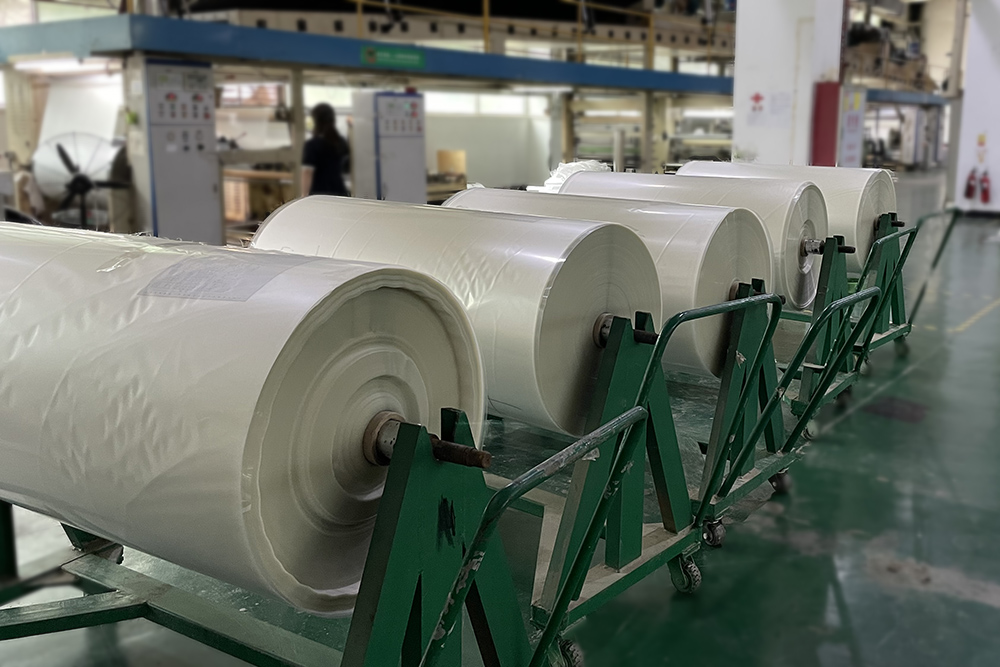Cold tearing and hot tearing are two different methods used for separating PET release film from adhesive-backed materials. Here are the differences and functions of each:

Cold Tearing:
Cold tearing refers to the process of manually tearing the PET release film from the adhesive-backed material at room temperature or below. It involves applying force to the film, causing it to separate from the adhesive. Cold tearing is typically done by hand or with the assistance of tools like a tear strip or perforated lines.
Function of Cold Tearing:
Cold tearing is commonly used when a controlled and clean release of the film is required. It allows for precise separation without damaging the adhesive or the underlying material. Cold tearing is often used in applications where the adhesive-backed material needs to be cleanly removed without leaving any residue or damaging the surface, such as in labels, tapes, or protective films.
Hot Tearing:
Hot tearing involves applying heat to the PET release film to weaken its bond with the adhesive. The heat softens the film, making it easier to separate from the adhesive-backed material. Heat can be applied using methods like hot air, heated rollers, or infrared heating.
Function of Hot Tearing:
Hot tearing is useful when a more efficient and faster separation process is desired. By applying heat, the PET release film becomes more pliable, allowing for easier and quicker removal. Hot tearing is often employed in industrial applications where a large volume of adhesive-backed materials needs to be processed rapidly, such as in manufacturing or packaging industries.
Key Differences:
1. Temperature: Cold tearing is performed at room temperature or below, while hot tearing involves the application of heat to the PET release film.
2. Control: Cold tearing provides more control over the separation process, allowing for precise tearing along designated tear strips or perforated lines. Hot tearing is generally a faster and less controlled method.
3. Speed: Hot tearing is typically faster than cold tearing due to the heat softening the film, making it easier to separate.
4. Application: Cold tearing is often used in applications where a clean and controlled release is required, while hot tearing is more commonly employed in high-volume industrial processes where speed is a priority.
It's important to note that the specific method chosen, whether cold tearing or hot tearing, will depend on the requirements of the application, the desired level of control, the volume of materials being processed, and the equipment available.
Kenteer is a professional manufacturer of PET Release Film. If you have production needs, please contact us.
